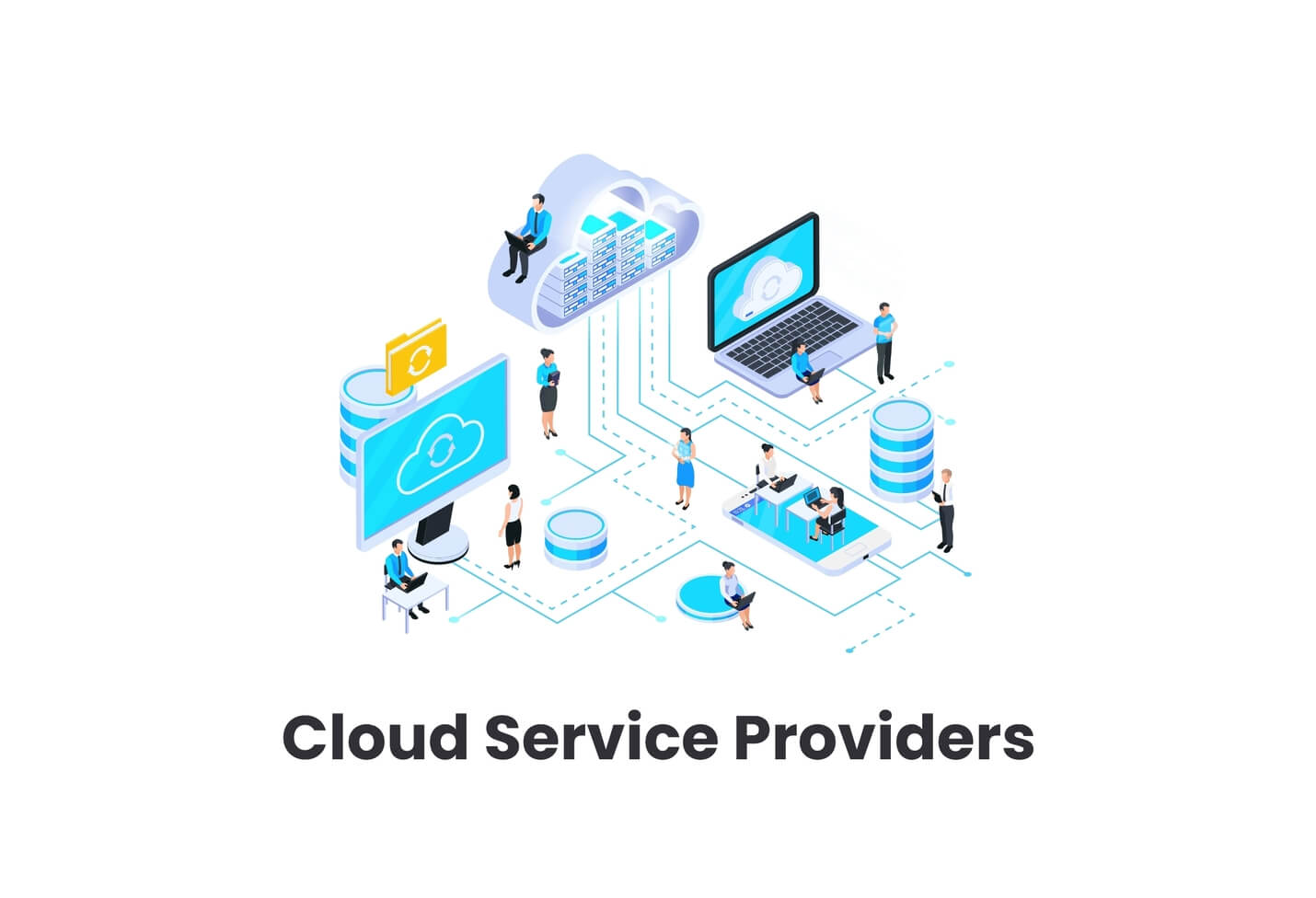Achieve Seamless Scalability With Cloud Services
In the ever-evolving landscape of cloud services, accomplishing smooth scalability stands as a keystone for contemporary businesses looking for to stay affordable and adaptable. The pursuit for smooth scalability with cloud services unveils a world of possibilities for those prepared to welcome the transformative power of dynamic source administration.
Benefits of Cloud Scalability
Cloud scalability uses organizations the versatility to dynamically readjust sources based on demand, making certain ideal performance and expense performance. Additionally, cloud scalability advertises innovation and testing by enabling companies to easily check new concepts and range them as needed. Ultimately, the benefits of cloud scalability prolong beyond cost savings to incorporate enhanced performance, dexterity, and technology.
Trick Attributes for Scaling
Reliable scaling in cloud solutions depends on essential functions that make it possible for organizations to readjust sources dynamically based on need. One important feature for scaling is elasticity, permitting resources to scale up or down in response to fluctuating work. This guarantees that organizations can satisfy performance needs without over-provisioning resources. An additional crucial feature is scalability, enabling systems to manage enhanced work by including resources perfectly. This feature is essential for accommodating development without endangering efficiency. Additionally, automation plays a vital duty in scaling by automating the provisioning and de-provisioning of resources based on predefined policies. Automation reduces human intervention, improves effectiveness, and guarantees fast feedback to changing needs. Monitoring and analytics tools are also crucial for scaling, giving insights right into source utilization, efficiency metrics, and potential traffic jams. These tools allow companies to maximize and make informed choices resource allocation for efficient scaling. Generally, these key functions jointly encourage companies to attain smooth scalability in cloud solutions.
Executing Auto-Scaling Approaches
To properly enhance resource appropriation and adapt to differing workloads, companies should strategically carry out auto-scaling strategies in their cloud solutions infrastructure. Auto-scaling permits systems to instantly change the variety of compute sources based upon real-time need. There are various auto-scaling approaches that organizations can use, such as predictive scaling, which uses historic data to anticipate future source needs, and responsive scaling, which reacts to existing workload changes.

Finest Practices for Scalability
For organizations aiming to enhance their scalability in cloud solutions, applying ideal techniques is important for ideal performance and resource management. One key finest method is developing applications with a microservices style. This method breaks down applications right into smaller, independent services that can be deployed, upgraded, and scaled independently, permitting better flexibility and scalability.
One more vital practice is using containerization innovation, such as Docker or Kubernetes. Containers allow the packaging of applications and their reliances into isolated devices, making it less complicated to scale components independently and release them continually throughout different atmospheres.
In addition, executing automated deployment and framework as code (IaC) can enhance scalability initiatives (linkdaddy cloud services). Automation tools like Terraform or Ansible aid in provisioning and managing resources effectively, minimizing manual mistakes and allowing rapid scalability
In addition, monitoring efficiency metrics, establishing signals, and performing routine capacity planning are important practices to make sure proactive scalability administration. By sticking to these best techniques, organizations can click for more info attain seamless scalability in their cloud services while maximizing performance and resource application.
Monitoring Efficiency Metrics
When analyzing the efficiency of cloud services scalability, carefully keeping track of performance metrics is vital for guaranteeing ideal performance and resource allowance. By constantly tracking crucial efficiency signs (KPIs) such as feedback times, resource, latency, and throughput use, organizations can get beneficial understandings into the health and effectiveness of their cloud framework. Keeping track of efficiency metrics enables the very early detection of possible visit our website bottlenecks or issues that might impact scalability, making it possible for aggressive procedures to be taken to address them before they intensify.

Verdict
To conclude, attaining seamless scalability with cloud solutions is vital for companies to optimize performance, boost development, and keep high performance degrees during peak times. By leveraging the advantages of cloud scalability, applying auto-scaling strategies, utilizing crucial features such as flexibility and automation, and following best practices like application style and efficiency monitoring, companies can effectively scale their systems while optimizing source utilization and performance.
The quest for seamless scalability with cloud services reveals a globe of opportunities for those prepared to welcome the transformative power of vibrant source monitoring.
Cloud scalability provides companies the versatility to dynamically change resources based on demand, guaranteeing optimal performance and price performance. An additional key feature is scalability, allowing systems to manage reference raised work by adding sources perfectly.For organizations aiming to improve their scalability in cloud solutions, applying finest methods is crucial for optimum performance and resource management.When assessing the efficiency of cloud services scalability, closely keeping an eye on efficiency metrics is vital for ensuring optimal capability and resource appropriation.